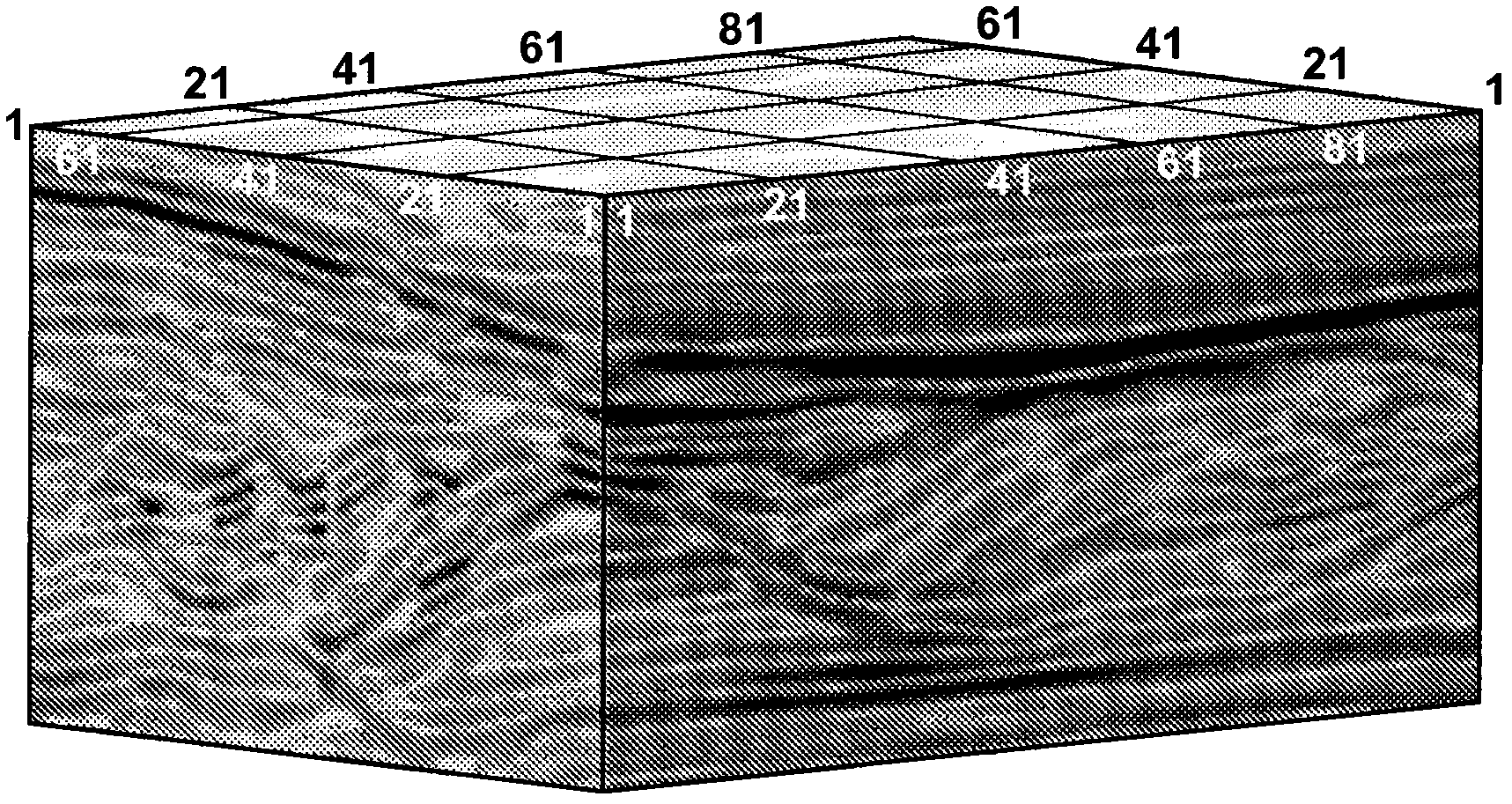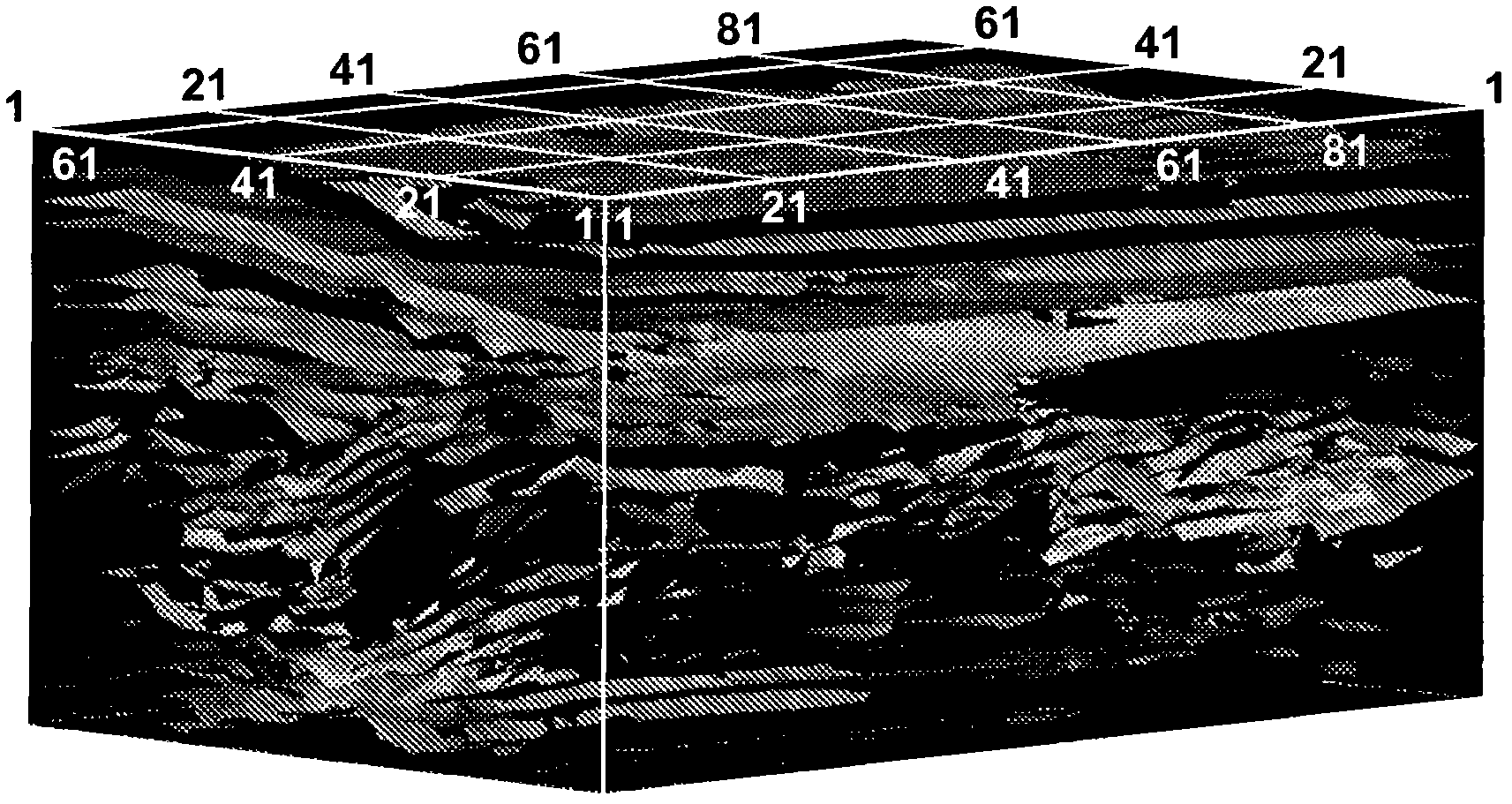Seismic horizon skeletonization
A technology of seismic reflection and seismic data volume, which is applied in seismology, seismic signal processing, seismology for well logging, etc., and can solve the problems of undisclosed surface generation, undisclosed topology or topological consistency, and undisclosed Issues such as surface cracking or merging
- Summary
- Abstract
- Description
- Claims
- Application Information
AI Technical Summary
Problems solved by technology
Method used
Image
Examples
Embodiment Construction
[0057] To look for hydrocarbon buildup in Earth, geoscientists are using remote sensing methods to look below the Earth's surface. A conventionally used technique is the seismic reflection method, in which artificial sound waves are generated near the surface. Sound travels into the earth, and whenever a sound travels from one rock layer to another, a small portion of the sound is reflected back to the surface that recorded it. Typically, hundreds to thousands of recording instruments are employed. Sound waves are excited sequentially at many different locations. From all these records, two-dimensional (2D) or three-dimensional (3D) subsurface images can be obtained after data processing. Seismic interpretation often involves picking surfaces to characterize the subsurface in order to characterize the subsurface relevant to the detection, identification, and production of hydrocarbons. This invention describes methods for picking multiple surfaces simultaneously. That is, ...
PUM
 Login to View More
Login to View More Abstract
Description
Claims
Application Information
 Login to View More
Login to View More - R&D
- Intellectual Property
- Life Sciences
- Materials
- Tech Scout
- Unparalleled Data Quality
- Higher Quality Content
- 60% Fewer Hallucinations
Browse by: Latest US Patents, China's latest patents, Technical Efficacy Thesaurus, Application Domain, Technology Topic, Popular Technical Reports.
© 2025 PatSnap. All rights reserved.Legal|Privacy policy|Modern Slavery Act Transparency Statement|Sitemap|About US| Contact US: help@patsnap.com



